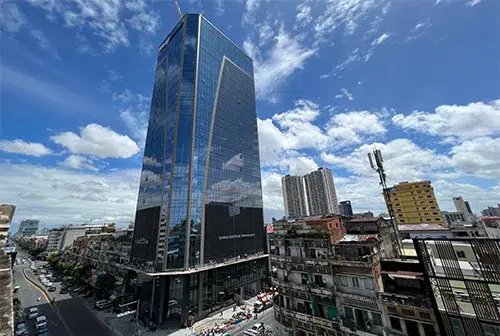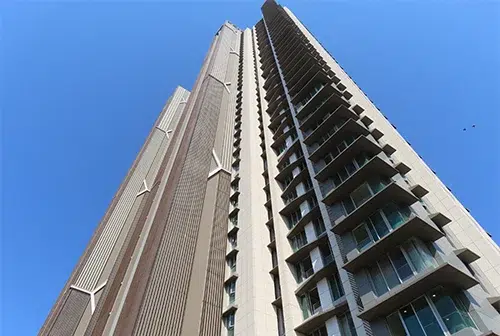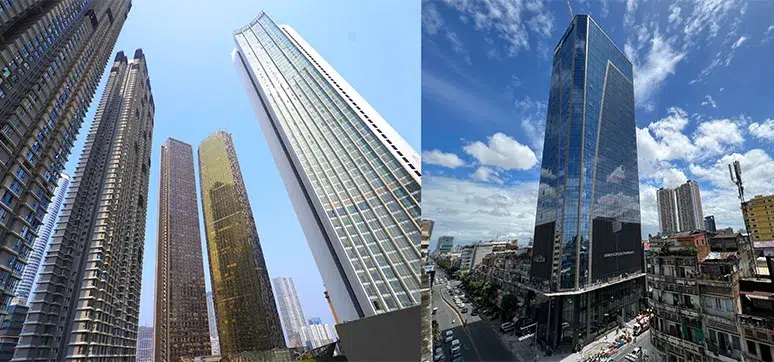Most of the clients today want big glass windows. How can these be designed more sustainably?
Big glass windows not necessarily will have a negative impact on sustainability, it may even help to optimise since fewer framings are needed. The glass industry is transforming rapidly which allows the manufacturing of large glass panels. The trend of big glass windows perhaps is the outcome of advancements in glazing technologies.

How can we improve the energy performance of any building through proper façade and fenestration designs?
For hot climates prevalent in several regions of India, shading glass windows or façades will be a highly economical way to reduce heat from the façade. Furthermore, various passive design approaches such as orientations will help to achieve higher energy efficiency.
What are the passive/active ways to ensure thermal comfort through natural ventilation and optimising natural light within a space?
Natural ventilation shall be incorporated into the building architecture at master plan levels. So that natural wind forces are harnessed with an appropriate number of openings at optimised locations with cross-ventilations. Various design tools are available such as Computational Fluid Dynamics (CFD) to perform advanced simulations to harness natural ventilations. Natural lights are harnessed with optimised building orientations and the building’s internal space designs. Glass selection will play a critical role so that natural lights are available in the majority of internal spaces. Sustainable design guides such as IGBC/ LEED give credit points to encourage daylight penetration.

Please tell us about some of the latest façade and fenestration technologies which would help build better
A greater level of awareness is increasingly seen to reduce the carbon footprint of buildings. Façade materials play a major role in this aspect, and the focus is to reduce embodied carbon by using green energy in material manufacturing. A good design approach is to find a holistic building design, right from concept to architecture to construction to reduce the carbon footprint.
Tell us about future façades in the 2070s, 50 years from now.
We could imagine future façades which will be multi-functional, interact with users, power the building and be able to construct with fewer defects using modern construction techniques.














